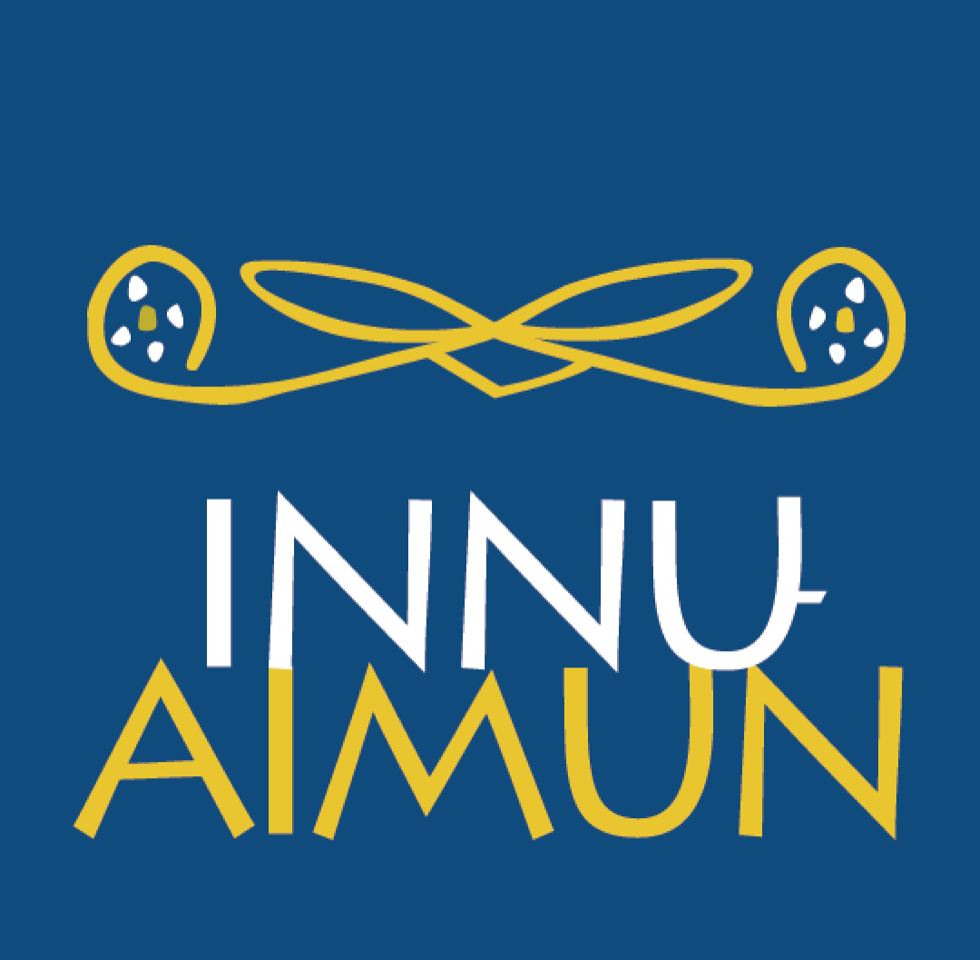Sheshatshiu atanukana mak tipatshimuna
About the Collection
These Innu-aimun stories were collected in Sheshatshiu, Labrador by Madeleine Lefebvre and Robert Lanari in 1967. They have recently been transcribed in the Innu common spelling system as part of the Labrador Innu Text Project, Memorial University of Newfoundland. Booklets one and two are available in printed form as Sheshatshiu Atanukana mak Tipatshimuna / Myths and tales from Sheshatshit, 1 & 2. Booklets three and four appear only on this website.
In 1967, Madeleine Lefebvre and Robert Lanari were students in the Department of Anthropology at the University of Montreal. Their professor, Rémi Savard, had just created the Laboratoire d’anthropologie amérindienne, a research group interested in the oral literature of Quebec Amerindians. Over the course of a single summer, students recorded myths and tales among the Innu in Sheshatshiu, the Naskapi and Innu in Schefferville, and the Atikamekw in Obedjiwan. Since being recorded, some of the stories from the collection have been translated into French or English, and have appeared in books and student theses. It was only in the 1990s, however, that linguists, with the help of Amerindians, began to develop a literary version of these texts in their original language.
The 29 stories found in Sheshatshiu-atanukana mak tipatshimuna were edited by ethnolinguist José Mailhot, in collaboration with several Innu language speakers. At the time of editing, a transcription of the entire collection of recordings already existed that Etien Andrew had done in computerized format. Through the Labrador Innu Text Project, led by Marguerite MacKenzie, a group of 30 or so texts were chosen for this edition. Joséphine Bacon made improvements to the transcriptions through listening to the original recordings and José Mailhot standardized the spelling, added punctuation, and divided the stories into paragraphs. The final revision of the texts was carried out by a multi-dialectal committee working under the direction of José Mailhot. This committee included the late Desneiges Mollen, Philomène Grégoire, Céline Bellefleur, and Judith Mestokosho.
The editorial committee aimed at producing texts that would be both easy to understand and enjoyable to read. The punctuation and layout of the elements of the texts have made narration clearly distinguishable from dialogue, as well as from asides by the storytellers. In some cases, double – or even triple – sets of quotation marks were necessary, in order to distinguish between different levels of reported speech, a characteristic of Innu narrative style. The committee also made the decision to take out the repetitions, hesitations and ‘false starts’ that are characteristic of the oral versions of the stories. The texts presented here are therefore a literary version of the tales recited by the storytellers in 1967.

